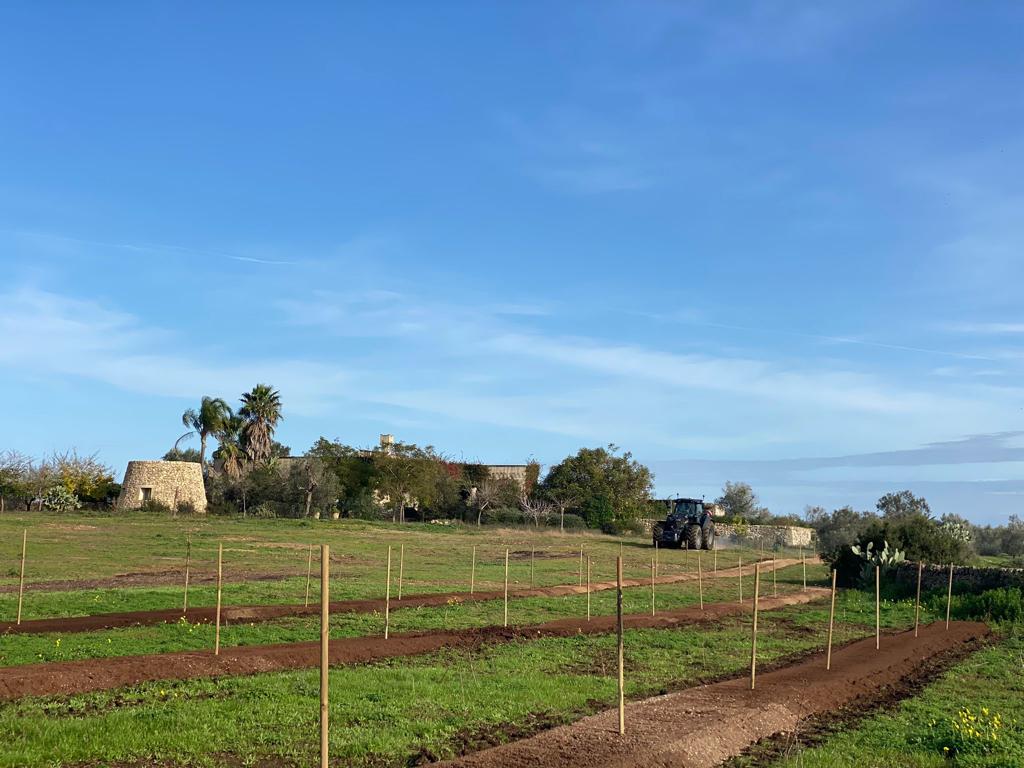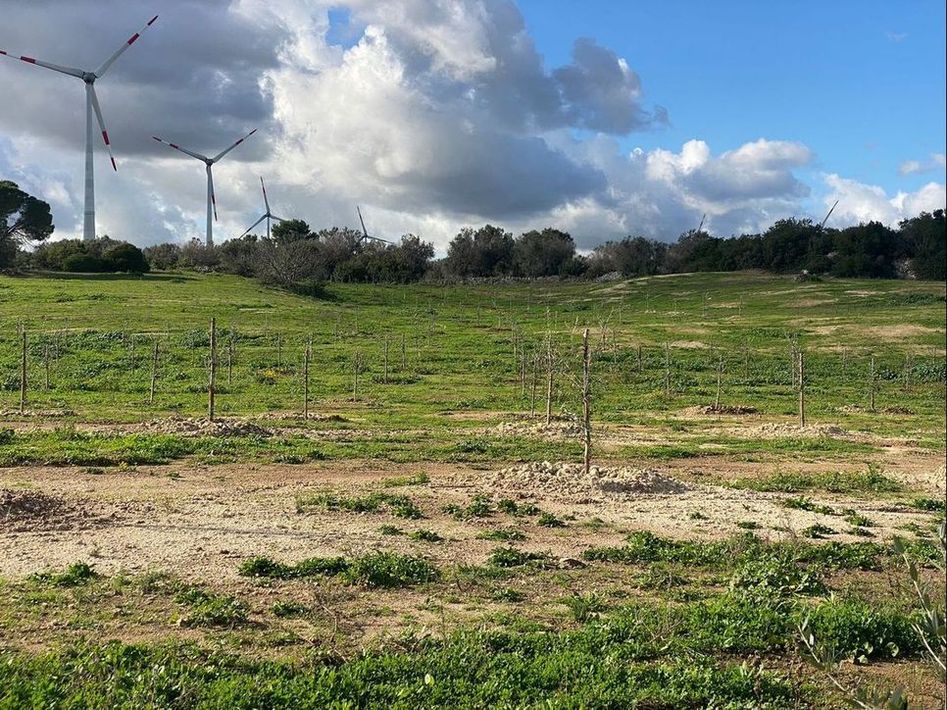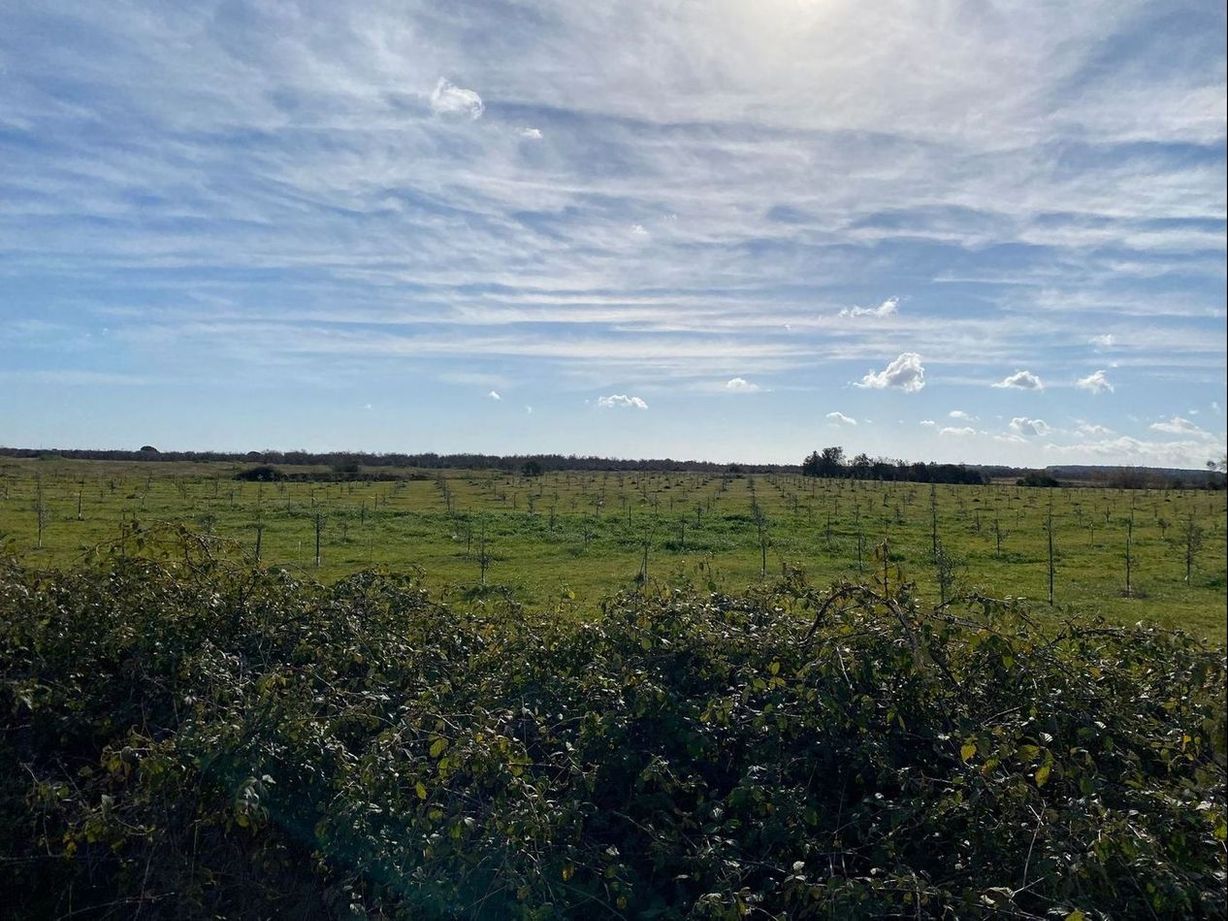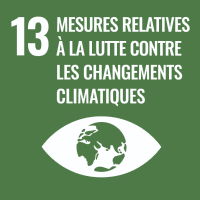Reforest’Action / Projets / Carpignano Salentino - Italy
Carpignano Salentino - Italy
Assisted natural regeneration
Located in Puglia, these plots were made up of olive trees decimated by the Xylella fastidiosa bacterium.
Surface
92
haNombre d'arbres
138 000
Résumé du projet
Located in Puglia, these plots were made up of olive trees decimated by the Xylella fastidiosa bacterium. This large-scale phenomenon had a profound impact on the European olive industry, which found itself with an unprecedented shortage of raw material. The economic impact, particularly on the local workforce, has been considerable. This restoration project aims to introduce several varieties of resistant olive trees as well as hedges in order to develop a resilient agroecosystem. The introduction of trees will help limit erosion, better manage water resources and encourage biodiversity and the development of ecological corridors.Principales essences :
Quercus coccifera, Opuntia ficus-indica, Quercus ilex, Morus alba, Ceratonia siliqua, Ficus carica, Pistacia lentiscus, Velilla sp., Velilla sp.
Nombre total d'essences :
9




Sur le terrain
Contexte local
Olive-growing region, especially for oil. Past management has shown its limits, even if it was a bacterium that decimated the stands. The aim is to deploy a more sustainable agroforestry system.
Actions sur le terrain
- Olive tree planting - Hedge planting - Beneficial management
Impact
CLIMAT
Contributes to the mitigation of the greenhouse effect and influences precipitation patterns and the local microclimate.
BIODIVERSITÉ
Preservation of local biodiversity by providing suitable habitats and resources.
EAU ET SOLS
Influences the quality and integrity of the soil-water system, and the cycling of water and nutrients.
SOCIAL & ÉCONOMIQUE
Supports human well-being, by providing resources, income, education, and supporting recreation and heritage.
Contribuer aux Objectifs de Développement Durable (ODD)
Le projet Carpignano Salentino (Italy) contribue aux Objectifs de Développement Durable suivants :





